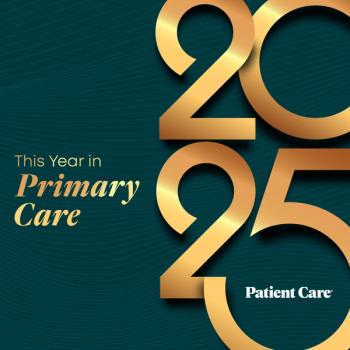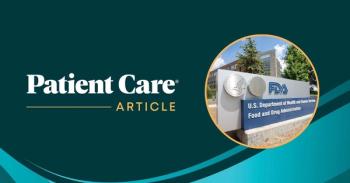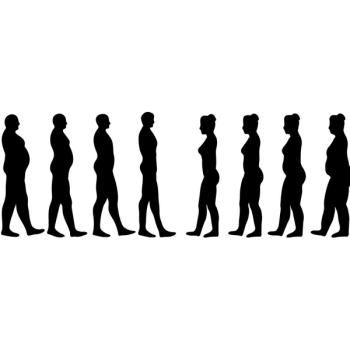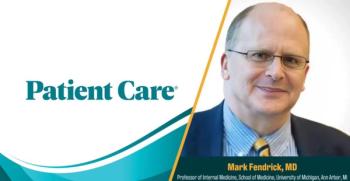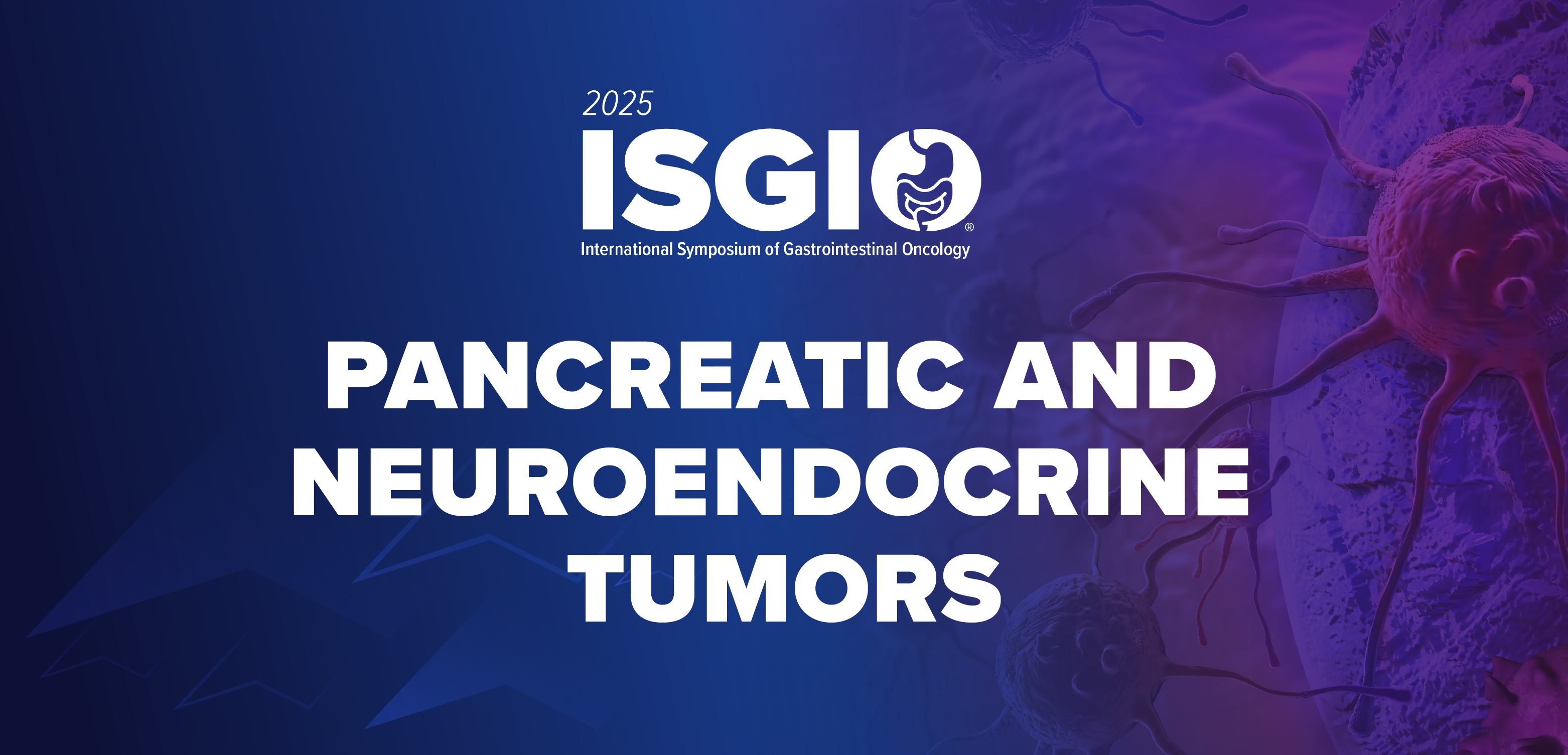Smoking is dangerous, regardless of whether you are a heavy smoker or a social smoker, so if you don’t want to die of lung cancer or respiratory disease, the best action is to quit completely.
“Social Smoking” Linked to Disproportionately High Risk of Death from Lung Disease, Lung Cancer
New research presented at the virtual European Respiratory Society International Congress showed "social smokers" are more than twice as likely to die of lung disease vs non-smokers.
New research presented at the European Respiratory Society (ERS) International Congress being held virtually until September 9, 2020, suggests “social smokers” are more than twice as likely to die of lung disease and over 8-times as likely to die of lung cancer vs non-smokers.
The
The researchers – led by Pallavi Balte, PhD, and Elizabeth Oelsner, MD, MPH, both at Columbia University Medical Center in New York – noted that their study suggests that cutting down, or combining, fewer cigarettes with vaping, is not a substitute for quitting.
“Everyone knows that smoking is bad for you, but it’s easy to assume that if you only smoke a little, the risks won’t be too high,” said Balte to the virtual conference, according to an
The study included 18 730 people selected from a multi-ethnic sample of the general US population; mean age was 61 years old, 56% women, 69% white, 13% current smokers. The median follow-up was 17 years, during which 649 participants died from respiratory causes and 560 died from lung cancer.
Researchers calculated the death rates from respiratory disease and lung cancer and then compared these rates between non-smokers, social smokers, and heavy smokers. Researchers took account of other factors that can influence death rates including age, sex, race, education attainment, and body weight.
The results showed that social smokers were 2.5 times as likely to die of respiratory disease and 8.6 times as likely to die of lung cancer vs non-smokers. Social smokers had around half the rate of death from respiratory diseases as heavy smokers, however, their rate of lung cancer death was two-thirds that of heavy smokers.
“You might think that if you only smoke a few cigarettes a day you are avoiding most of the risk. But our findings [sis] suggesting that social smoking is disproportionately harmful. Smoking is dangerous, regardless of whether you are a heavy smoker or a social smoker, so if you don’t want to die of lung cancer or respiratory disease, the best action is to quit completely,” added Balte.
Newsletter
Enhance your clinical practice with the Patient Care newsletter, offering the latest evidence-based guidelines, diagnostic insights, and treatment strategies for primary care physicians.

